ubermenehune
spending too much on rocks
 
Member since March 2016
Posts: 293 
|
Post by ubermenehune on Jan 2, 2017 21:33:50 GMT -5
Here's a few opals from a rock collection I scored from a storage unit auction. I know very little about opals, like what is considered higher quality or more valuable. Also not sure if there's any easy way to identify origin based on matrix material or appearance of the opal itself. If anyone is an expert on opals, I'd love to be enlightened. 1. 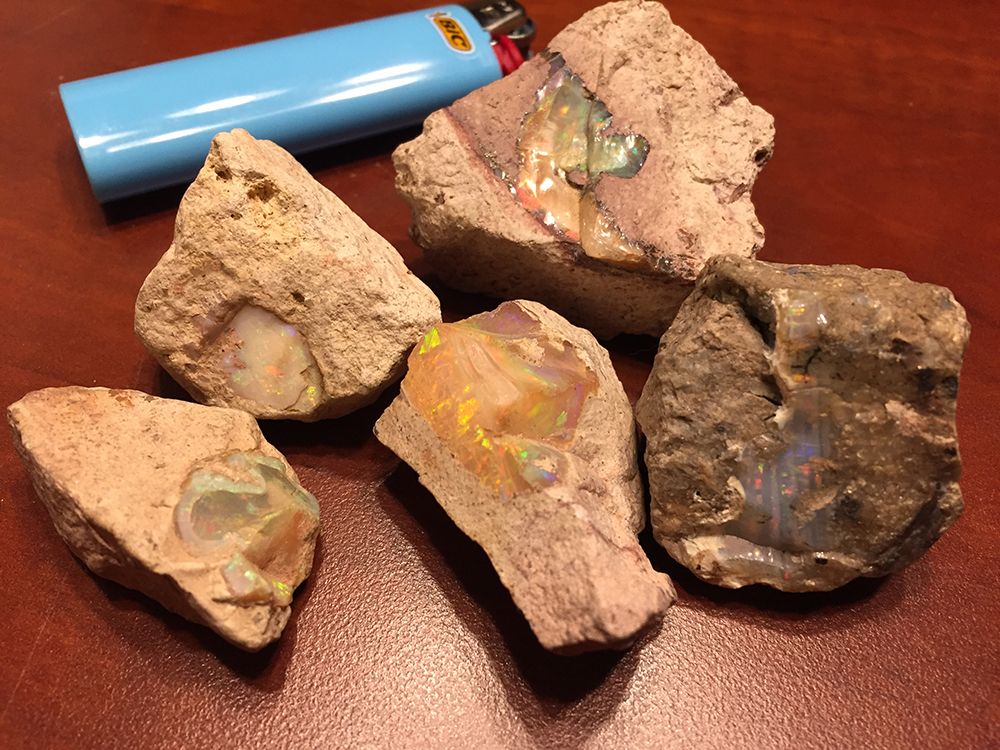 2. 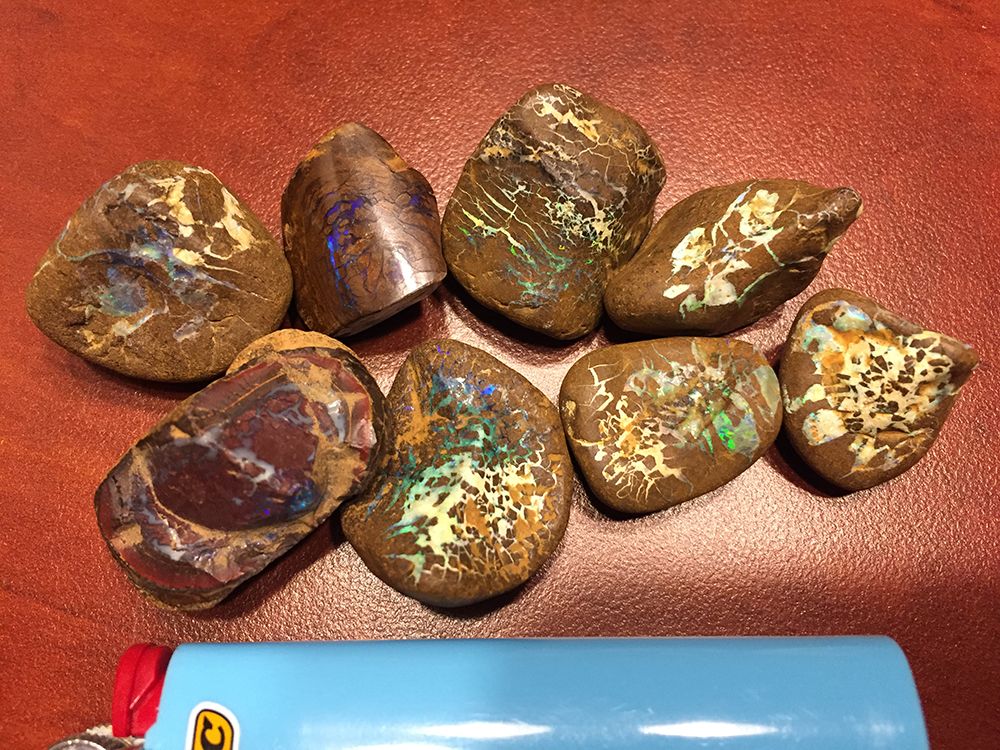 3. Large translucent opal, but not much play of color. 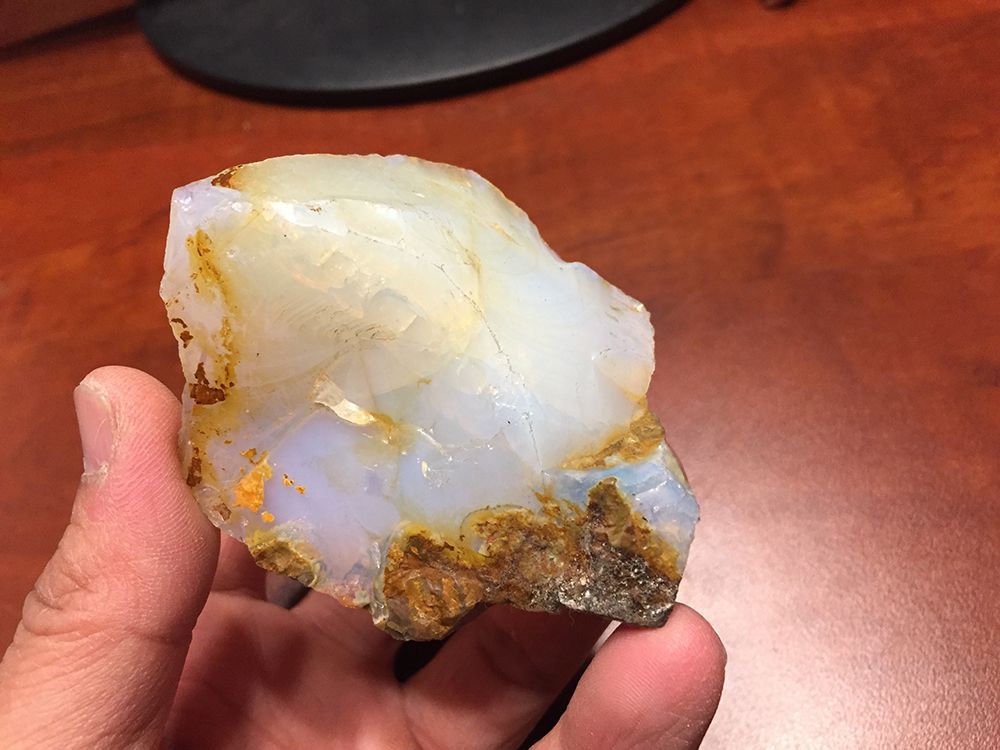 4. 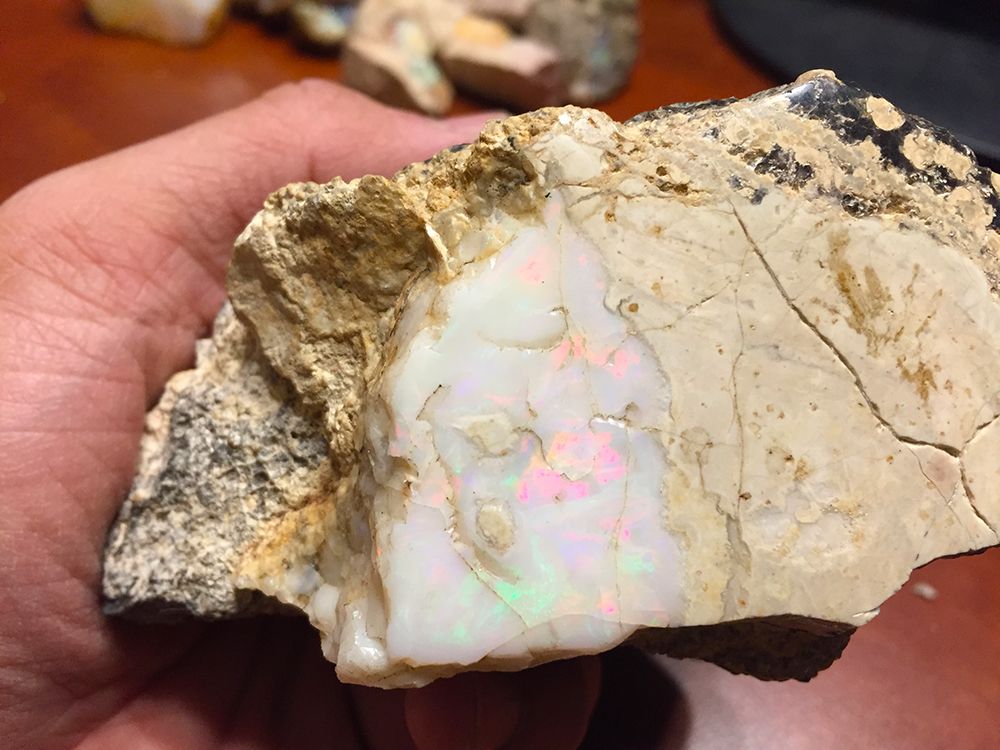 5. 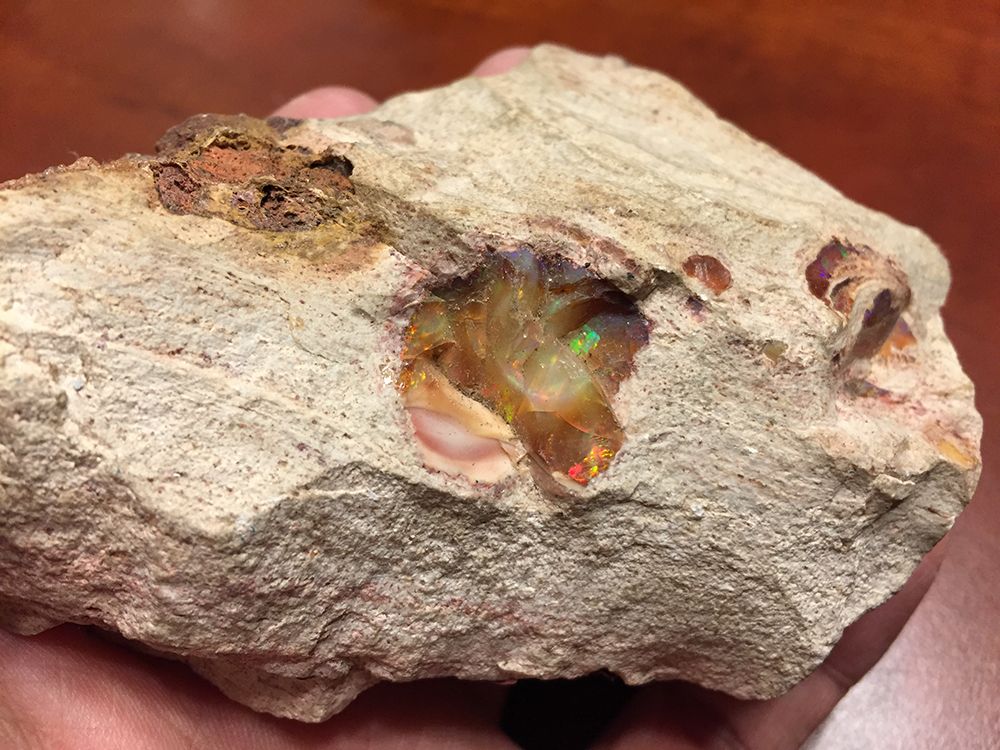 6. 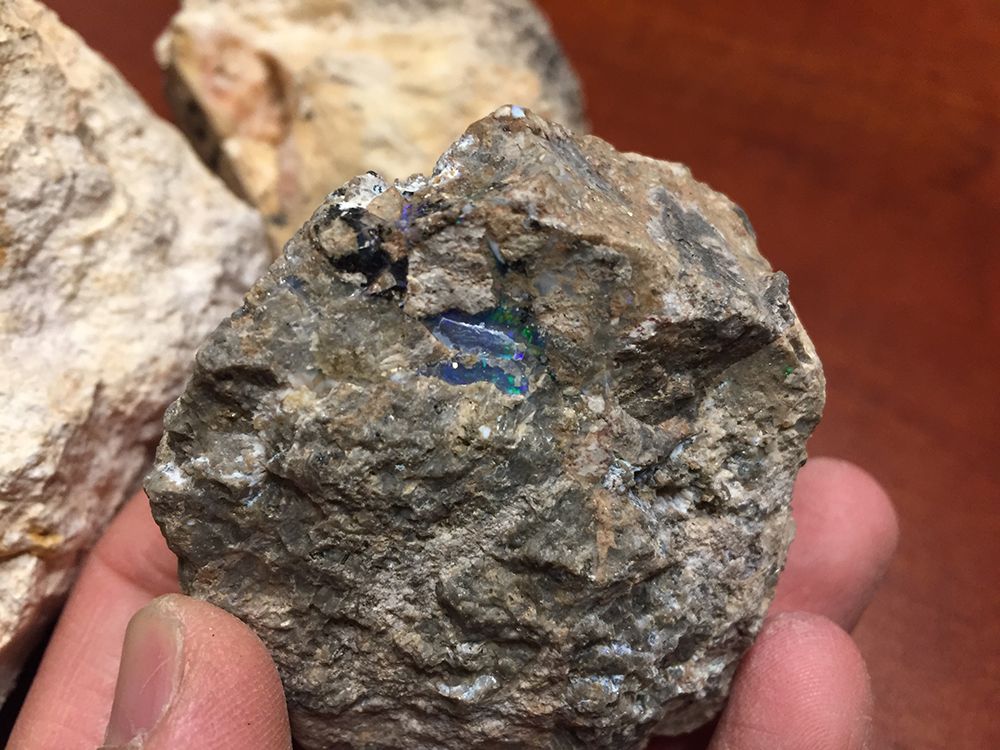 7. Flatter pieces. Rough on the tops and bottoms. More intense blues than some of the other specimens. 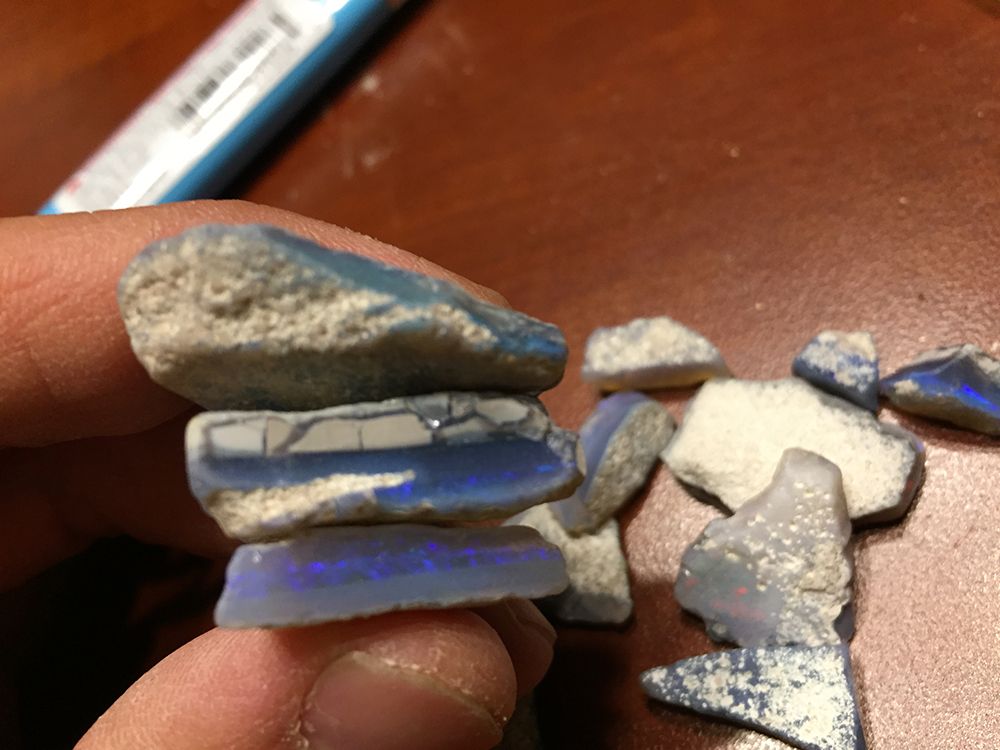 8. Some large specimens of mostly matrix material, with some visible opal veins. I might take a hammer to these to see if there's anything more interesting inside. 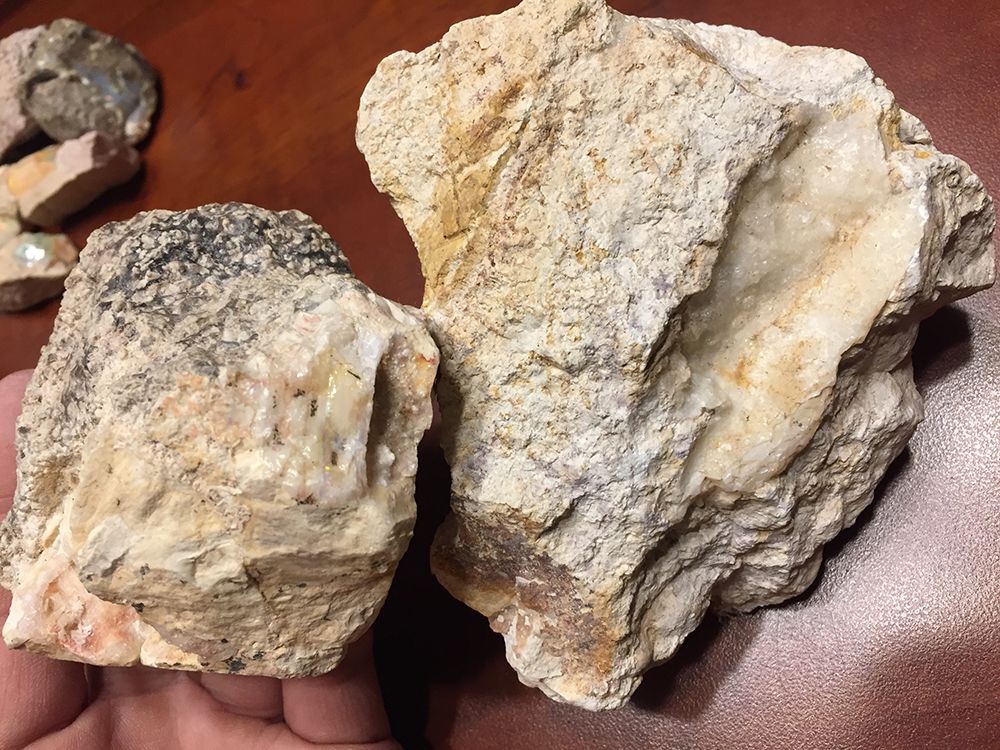 9. I have several bags of these small opal pieces. 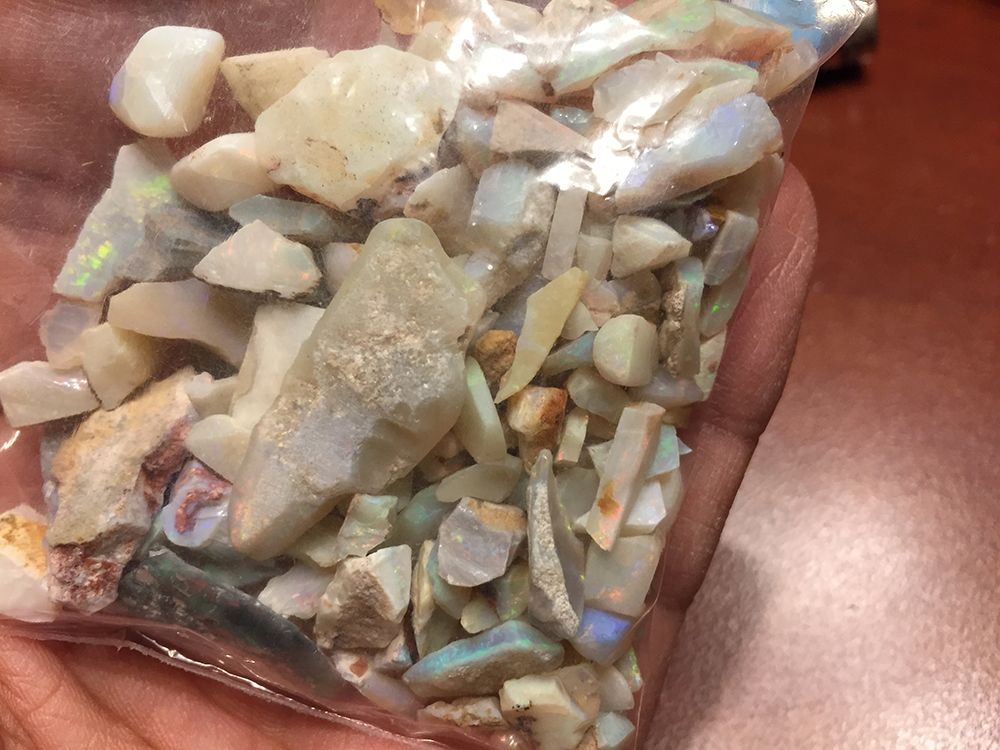 |
|
|
|
Post by vegasjames on Jan 2, 2017 21:40:52 GMT -5
The first pic looks like Welo opal from Africa.
The second opal looks like opal out of Australia.
|
|
ubermenehune
spending too much on rocks
 
Member since March 2016
Posts: 293 
|
Post by ubermenehune on Jan 2, 2017 22:26:16 GMT -5
The first pic looks like Welo opal from Africa. The second opal looks like opal out of Australia. How can you tell the difference? |
|
gemfeller
Cave Dweller 
Member since June 2011
Posts: 4,062 
|
Post by gemfeller on Jan 3, 2017 1:27:59 GMT -5
That was a very nice storage auction. You have:
1: Mexican Cantera (Quarry) Opal, which is opal nodules in matrix;
2: Ironstone opal from Australia (nice ones!);
3. Don't know for sure, possibly from Opal Butte, OR;
4: Triplet opal from Spencer, Idaho
5: Mexican Cantera Opal
6: Don't know for sure, there are several possibilities
7: Australian black seam opal (a big prize!) either from Lightning Ridge or Mintabie. It looks like the latter but it's hard to tell from an image.
8: More Spencer Opal
10: Light Australian opal, probably from the Coober Pedy field
You have lots of fun cutting ahead of you. As for value, it's very difficult to say. I'd say the highest value stones are the Ironstone opals and the blacks.
|
|
|
|
Post by vegasjames on Jan 3, 2017 1:51:36 GMT -5
The first pic looks like Welo opal from Africa. The second opal looks like opal out of Australia. How can you tell the difference? Colors and matrix. For example look at these Welo opals and compare then to them to the opals in your first pic, especially the lower right one. The colors and clarity look identical. www.etsy.com/market/welo_opalAs for the Australian opals look at these boulder opals from Australia and compare them to your second pics. treasurion.com/boulder-opal-oval-3-7ct.html |
|
|
|
Post by orrum on Jan 3, 2017 7:41:11 GMT -5
Don't hit with a hammer!!# You will put fractures in them. Cut with a saw. Don't know about the others but Spencer Opal matrix cabs beautifully!!! Also tumbles great. Both shine great!!! Cabbing opal, soak in water then saw in lots of water slowly. Take them.outside and look at them in bright sunshine. No cabbing on cloudy days. Color layer can be very thin so cut slowly looking often. COLORS SOMETIMES APPEARS in Water OR DISAPPEARS when dry. Very important note, there are only two types of opal, the ones that have cracked and the ones that are going to crack! Yours are good and dry hopefully from storage so the cracking will hopefully be over. Have fun or send them to me and I will have fun!!# LOL
|
|
Fossilman
Cave Dweller 
Member since January 2009
Posts: 20,723 
|
Post by Fossilman on Jan 3, 2017 11:16:48 GMT -5
Fragile material for sure......Years ago I won some Opal on this forum,from Australian,same as the #2.....WOW,great scores you have.....
Have fun working with the material...
|
|
ziggy
spending too much on rocks
 
Member since June 2016
Posts: 483 
|
Post by ziggy on Jan 3, 2017 11:48:34 GMT -5
I second the motion on not using a hammer on the spencer rocks. That is sure to fracture whatever might be in there. Lots of stuff from there is milky white with little color but it has nice pieces when you're lucky. When I was in Spencer we couldn't find the actual mine (that was before google maps) and we ended up picking through one of the local opal shop's pay to pick piles. The color was in there but mostly in pieces too small to make anything out of it. Lots of the stuff in their pile was white stuff with no fire at all. Someday we are going to go back there and visit the actual mine area. The black matrix with little white oolites in it is a dead giveaway for identifying Spencer opal from Spencer Idaho. The pic below has some of my rough with the black oolitic layer. 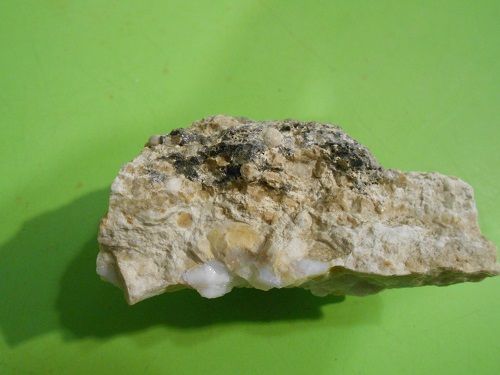 Another piece showing a hint of color. 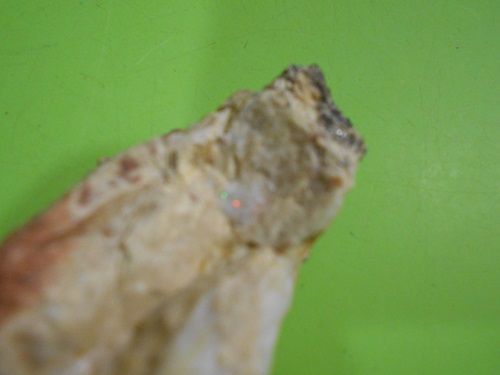 Now you can see why we need to go back and get some good stuff from there  It is amazing how close the Ironstone opals are in resemblance to the septarian nodules we have here in Michigan. The only thing missing in the Michigan rocks is the opal. |
|
|
|
Post by rockjunquie on Jan 3, 2017 14:02:52 GMT -5
Great score! Obviously, someone was an opal collector. You got a little of just about everything. I'm green with envy.  |
|
ubermenehune
spending too much on rocks
 
Member since March 2016
Posts: 293 
|
Post by ubermenehune on Jan 3, 2017 16:44:43 GMT -5
You guys are awesome. There's definitely a lot of knowledge on this forum. I'm gonna post some more pics maybe later this evening.
|
|
ubermenehune
spending too much on rocks
 
Member since March 2016
Posts: 293 
|
Post by ubermenehune on Jan 3, 2017 16:46:51 GMT -5
Great score! Obviously, someone was an opal collector. You got a little of just about everything. I'm green with envy.  The opals are just a small portion of the collection. I'm going to be posting more pics of some of the other specimens I scored. I got lucky for sure! |
|
ubermenehune
spending too much on rocks
 
Member since March 2016
Posts: 293 
|
Post by ubermenehune on Jan 3, 2017 20:52:12 GMT -5
10. Mexican fire opal?  11. Mintabie? 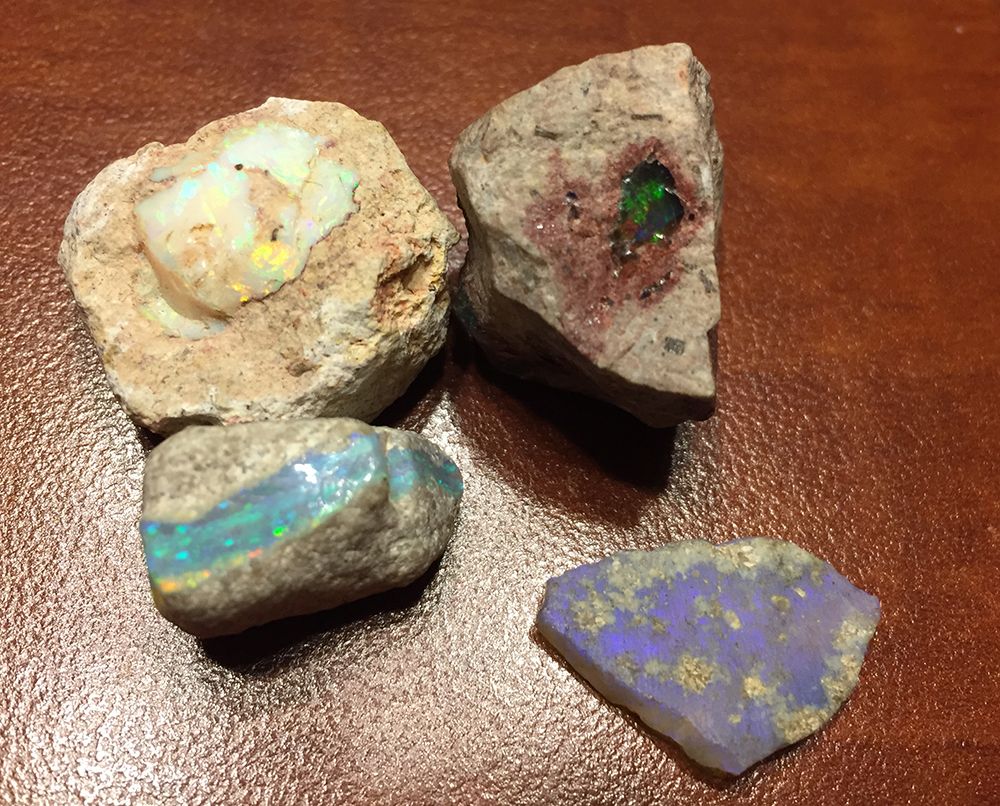 12.  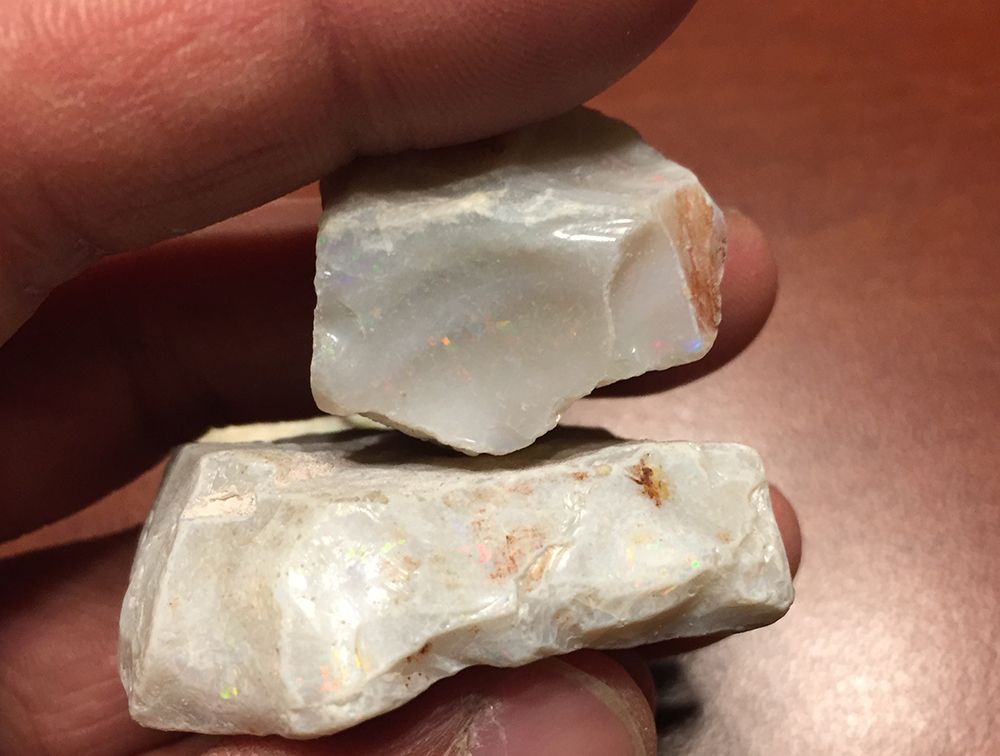 13. More Spencer? 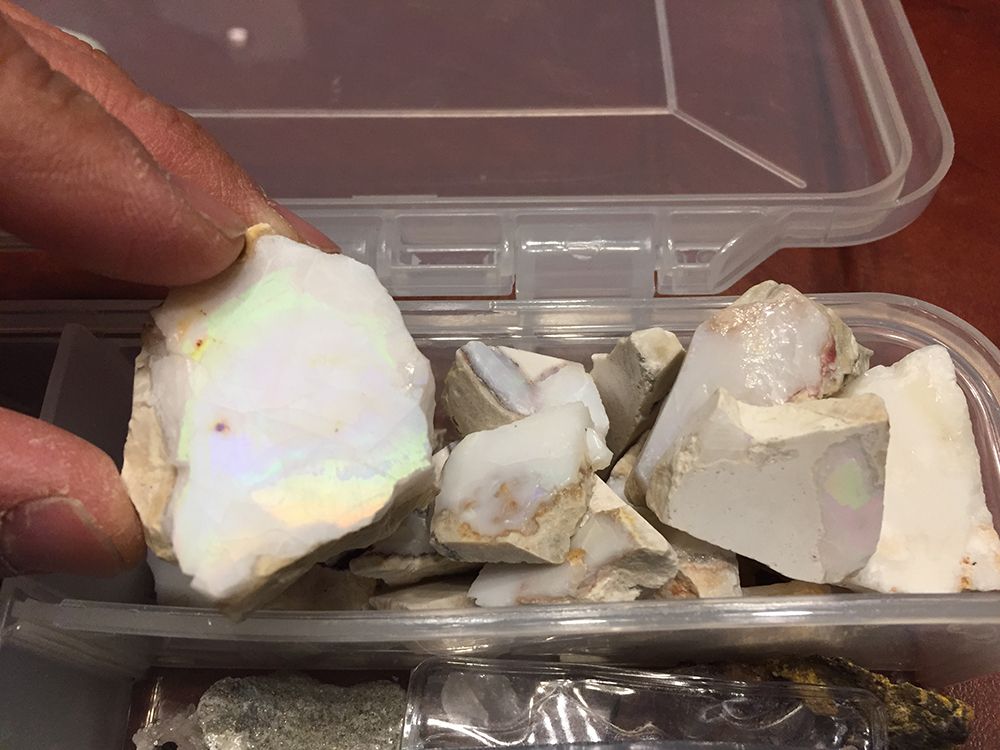 |
|
gemfeller
Cave Dweller 
Member since June 2011
Posts: 4,062 
|
Post by gemfeller on Jan 3, 2017 21:49:38 GMT -5
Great finds.
Yes, #10 is Mexican fire opal. Some looks as if it has play of color but fire opal is defined as red-orange-yellow opal without POC, taking its name from the fiery body color. POC is a bonus. According to the new Australian naming system, pieces with POC would be classified as "orange crystal" opal from Mexico.
#11: Looks to me like the top 2 are Mexican Cantera opal while the bottom 2 are Australian, probably from Coober Pedy. The lower left stone should work into a really nice cab though it's hard to judge size from your image.
#12: This looks like white-base opal from Coober Pedy, Oz. Otherwise known as "light opal"
#12: Yes, Spencer. This lot looks as if some has already been faced for triplet-making. I see a lot of great color in the piece you're holding. If you need help in learning to make triplets let me know. It takes a little doing but it can really be worth the effort.
Basically, you'll need to epoxy black material (basanite, onyx, jade) to the side facing the camera. When the epoxy's set it should be trimmed to the outline of the rough then another saw cut made as close to the color line as possible. Then grind the color line flat, cutting into the color layer very slightly with a 600 wheel. Then a slice of optical quartz that's been flattened on one side to 600 is epoxied to the opal. Then the stone can shaped and cut into a cab. There's more to it but that's the general idea. If I can find time I'll try to post a tutorial since I have nice Spencer material on hand.
|
|
|
|
Post by roy on Jan 4, 2017 11:49:04 GMT -5
1 mexican
2boulder opal
3opal butte oregon
4 spencer opal idaho
5 more mexican
7 lightning ridge
9 cooperpeddy
|
|
ubermenehune
spending too much on rocks
 
Member since March 2016
Posts: 293 
|
Post by ubermenehune on Jan 4, 2017 20:31:19 GMT -5
If you need help in learning to make triplets let me know. It takes a little doing but it can really be worth the effort. Basically, you'll need to epoxy black material (basanite, onyx, jade) to the side facing the camera. When the epoxy's set it should be trimmed to the outline of the rough then another saw cut made as close to the color line as possible. Then grind the color line flat, cutting into the color layer very slightly with a 600 wheel. Then a slice of optical quartz that's been flattened on one side to 600 is epoxied to the opal. Then the stone can shaped and cut into a cab. There's more to it but that's the general idea. If I can find time I'll try to post a tutorial since I have nice Spencer material on hand. I don't presently have saws or cab-making equipment, but I think its only a matter of time before I do. I'll probably sell or trade most of these opals on RTH or eBay, but will hang onto some for the future. Appreciate all your help. |
|